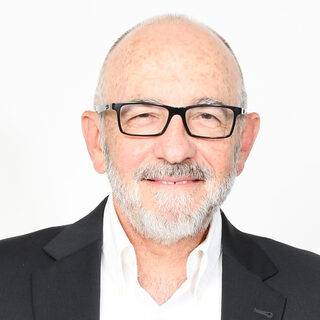

Early project decisions on spatial layout will determine the long-term productivity and relevance of technically complex facilities in healthcare, research, and education sectors. New technology is now enabling project teams to test-fit, optimize, and validate “expert intuitions”, and this session illustrates how to apply it to renovation and new construction initiatives to get the best project outcomes. Presenters chart a robust process that simulates occupant behavior and generates critical performance metrics to support data-driven facility planning decisions. They illustrate the effects of digital twin technologies and space syntax algorithms to improve space efficiency, flexibility, and cost-effectiveness in real-world projects involving complex environments.
| Occurs | Location |
|---|---|
|
Thursday October 23rd 1:10PM - 2:05PM
|
Portofino
|
| CEU Type | Units |
|---|---|
|
American Institute of Architects (AIA)
|
1.00 Units
|

